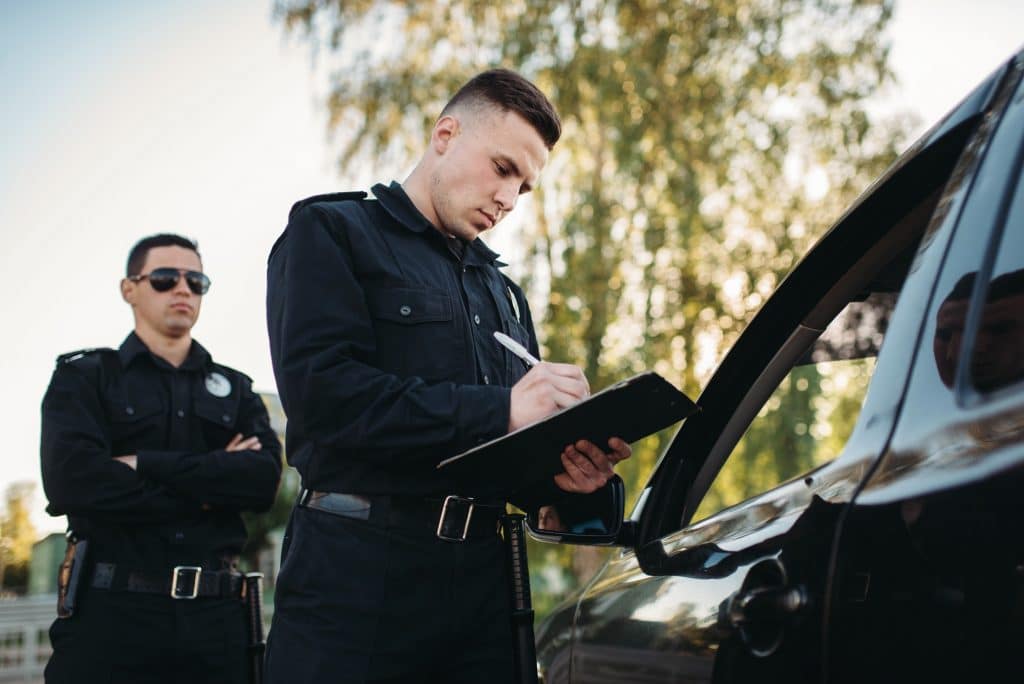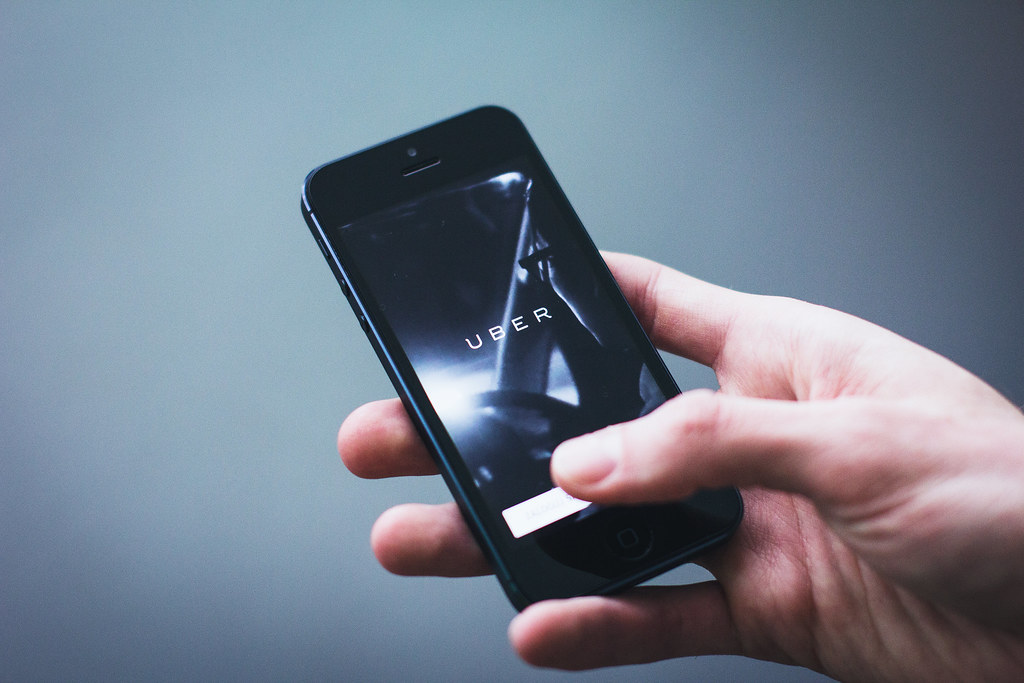Have you ever experienced that dreaded moment when your fuel light turns on and you do not know if you can make it to a gas station in time? Even worse, perhaps it is late at night and you are in a remote area.
Many drivers do not even take note of their gas level when driving. In the end, they find themselves stranded on the highway and this has never been a good experience.
Apart from being stranded, it can cause big damage to your car’s catalytic converter and even the fuel pump, thereby making it more difficult for you to get out of that situation.
This situation is a nightmare for every driver, and one that everyone hopes will not happen to them. Let’s take a look at what you can do to conserve gas while you’re driving under that circumstance.
The best way to conserve fuel while driving is to slow down and avoid aggressive acceleration and frequent braking. Drive under 50 miles per hour, and turn off auxiliary features such as the air conditioning, stereo & phone charger, and roll up the windows of the vehicle.
Automatic features such as cruise control help you to keep your speed consistent and avoid frequent acceleration and braking, so they do have a positive effect on gas mileage if you are driving at a fuel-efficient speed.
According to the U.S. Department of Energy, rapid acceleration and breaking as well as speeding can lower a car’s gas mileage by approximately 15 to 30 percent on the highway and 10 to 40 percent in traffic.
Thus, if you are running out of gas, it is best to drive more slowly and avoid excessive braking or accelerating.
The U.S. Department of Energy website states that gas mileage tends to decrease quickly at speeds higher than 50 miles per hour. For every 5 mph that you drive at speeds greater than 50 mph, you are likely to be spending an extra 16 cents a gallon on fuel.
The general consensus is that vehicles are the most fuel-efficient at speeds of 35 to 50 miles per hour, making this a good range to stay within if you are running low on fuel.
What to Do When You Are Running Low
The first thing you should do when the gas light comes on is to use a smartphone or map to search for the nearest gas station.
Once you know where you are headed, you should turn off the air conditioning because running it adds stress to the engine and decreases fuel more quickly.
This principle also applies to other electronic features, such as the stereo or a phone charger.
Turning off all of these auxiliary aspects could potentially keep you from running out of gas completely before you make it to the gas station, as long as there is one that is not too far away.
Even something as small as keeping the windows rolled up could decrease the amount of wind resistance on your car and give it the strength it needs to keep going.
If it is possible to choose the most downhill route to a gas station, you should opt for that one, as it will use less fuel.
If You Run out of Gas on the Highway

If you cannot make it to a gas station and you completely run out of fuel, the first thing to do is turn on your hazard lights and pull over, preferably into a parking lot or at least onto a wide shoulder.
Try to avoid ever pulling off on the left because that is the side where the cars will be moving the fastest.
If there happens to be a gas station within walking distance, the cheapest solution is to walk there and either bring or buy an emergency fuel can so that you can get a gallon of gas to tide your car over until the nearest gas station.
If that option is not feasible, the other inexpensive way to remedy the situation is to call a family member or friend if one lives nearby and might be willing to bring you an emergency can of fuel.
The only other options are to either call roadside assistance or take a ride service such as Uber, Lyft or a taxi.
If you are unfortunate enough to run out of gas while you are alone in a remote area, you should call roadside assistance (or 911 if you cannot get a strong signal) and stay in your vehicle with the doors locked.
Traffic Ticket for Running Out of Gas

You can get a ticket for running out of gas. Running out of gas on a highway where nonemergency stops are not allowed could result in a ticket of $115 to $130, depending on the state. Police officers are able to decide whether to give a warning or a ticket.
Even if you are pulled over in a legal place, you also can receive tickets for related reasons such as inadequate fuel (at least if you are in the state of Massachusetts), which is a fine of approximately $50—or $100 if you run out of fuel while you are in a tunnel.
Another related ticket you can receive for running out of gas in the wrong place is for unsafe operation of a motor vehicle, which costs roughly $35, according to Boston.com.
Roadside Assistance is Worth It

In order for you to be safe on the road even when you run out of gas, it is best to sign up with a reliable roadside assistance service.
Here are the most reputable roadside assistance services:
- AAA
- State Farm
- GEICO
- Allstate
- Progressive
- Farmers.
With so many auto insurance and roadside assistance companies available, it can be confusing to determine which one is the most cost-effective choice.
We compared these six most well-known roadside assistance services, as well as an app called Urgent.ly that allows you to pay per incident and suggests roadside service companies according to your location.
If you drive at least 13,475 miles a year, which is the distance of the average driver, AAA is the best roadside assistance option for your money. Even the mid-level membership (AAA Plus) is a better value than other roadside assistance services.
From the most prominent auto insurance companies, GEICO’s roadside assistance is the closest in price to AAA Plus.
It provides comparable services for a yearly cost that begins around $14, depending on your driving history, state and other factors. However, AAA members still receive more discounts and rewards.
| Service | Cost | Towing | Fuel Delivery | Collision or Comprehensive Coverage Required |
| AAA Basic/Plus/Premier | $52/$92/$129 | Up to 100 miles | Free limited supply to nearest station | N/A |
| State Farm Emergency Road Service | $4.56 a year | Yes | Yes | No |
| GEICO Emergency Road Service Coverage | $15.60 a year | Up to 100 miles | Yes | Yes |
| Allstate Towing and Labor Cost | $125 per incident | Yes | Yes | No |
| Progressive Roadside Assistance | $16 a year | Yes | Yes | No |
| Farmers Towing and Road Service | $23.20 a year | Yes | Yes | Yes |
| Urgent.ly | No annual fee; paid per incident | $99 for 0 to 10 miles; tiered pricing | $75 | N/A |
Although Allstate’s Emergency Roadside Assistance program does not have a yearly fee, it costs at least $99 a tow. Most of the other services include free towing up to 10 miles.
Allstate will cost you more even if you only need your vehicle towed once a year. State Farm’s Emergency Roadside Service costs $5 a year, but only the first hour of labor for a service call is free.
One of the best perks for AAA Plus members is that they are delivered a free supply of fuel that is enough to help them get to the nearest gas station.
There are other roadside assistance services that will deliver gas to you, but they will charge the area’s market rate for the gas.
3 Popular Ride Service for Emergency

Although a traditional taxi has now become almost synonymous with expensive, sometimes a taxi can be less expensive than an Uber—especially during surge pricing.
Taxis are generally cheaper than an Uber when you are using them for short trips under $35—as long as you are riding with a reputable company/driver.
However, Uber is less expensive than a taxi for longer trips, regional service outside of urban centers or when you are using UberPool to split the cost with other riders.
Prices vary depending on the city or area that you are in, but below is an overview of ride-sharing and taxi rates in New York City as a benchmark.
| Base Fare | Per Minute | Per Mile | |
| UberX | $2.55 | 35 cents | $1.75 |
| Lyft | $2.50 | 35 cents | $1.79 |
| Taxi | $2.50 | 50 cents (slow traffic) | $2.50 |
However, there are several other fees of which to be aware.
New York City Taxi additional fees:
- 50 cents per one fifth of a mile when traveling faster than 12 miles per hour or per 60 seconds in slow traffic or when the vehicle is stopped
- 30 cents improvement surcharge
- 50 cents overnight surcharge from 8 p.m. to 6 a.m.
- $1.00 rush-hour surcharge from 4 p.m. to 8 p.m. on weekdays, except holidays
- Tips and any tolls
Los Angeles Checkered Cab pricing:
- $2.85 base fare
- $0.30 for every additional 1/9 mile
- $0.30 for each 37 seconds of wait time
Symptoms of a Car When Running Out of Gas
In addition to risking a ticket, paying for roadside assistance and having to deal with being temporarily stranded, running out of gas can also cause damage to your car if it happens repeatedly.
Some of the parts that can be damaged are the fuel pump, the fuel injectors, the catalytic converter and even the engine.
As shown in the video, here are several unfortunate side effects of running out of gas.
- Your fuel injectors might clog, which increases debris.
- Your fuel pump could be damaged because it has to work harder, sucks in air and can get overheated.
- The catalytic converter and the engine are both involved in the fueling process, and therefore they are vulnerable to damage if you run out of gas.
Our Frugal Advice
- Use AAA for the least expensive roadside assistance and the most benefits—such as the free delivery of a limited amount of fuel and towing up to 100 miles.
- Ride with UberX or UberPool if you are stranded after running out of gas.
- Use cruise control to make the most of your fuel.
- Avoid running out of fuel by always keeping your gas tank at least a quarter of the way filled in order to save money on roadside assistance, tickets and even damage to your car.
To summarize, here are a few of the main points we have discussed in this article:
- If you are running out of gas, drive below the speed of 50 miles per hour if possible.
- After searching for the nearest gas station, you should turn off the air conditioning and electronic features such as the stereo or a phone charger.
- Keep the windows rolled up to decrease the amount of wind resistance on your car.
- If you completely run out of fuel, the first thing to do is turn on your hazard lights and pull over, preferably into a parking lot or onto a wide shoulder.
- The cheapest solution is to walk to the nearest fuel station and either bring or buy an emergency fuel can so that you can get a gallon of gas to tide your car over until you can drive somewhere.
- If possible, call a family member or friend if one lives nearby and might be willing to bring you an emergency can of fuel.
- Call roadside assistance (or 911 if you cannot get a strong signal) and stay in your vehicle with the doors locked if you are in a remote area by yourself.
- Running out of gas on a highway where nonemergency stops are not allowed can result in a ticket of $115 to $130, and you can also receive tickets for having inadequate fuel or unsafe operation of a motor vehicle.
- Running out of gas repeatedly can potentially cause damage to your fuel injectors, your fuel pump, the catalytic converter and the engine.

Benjamin is a certified financial advisor, with over 10 years of experience in the industry. He is knowledgeable about various business and financial topics, such as retirement planning and investment management. Ben has been recognized for his work in the financial planning industry. He has also been featured in various publications.

